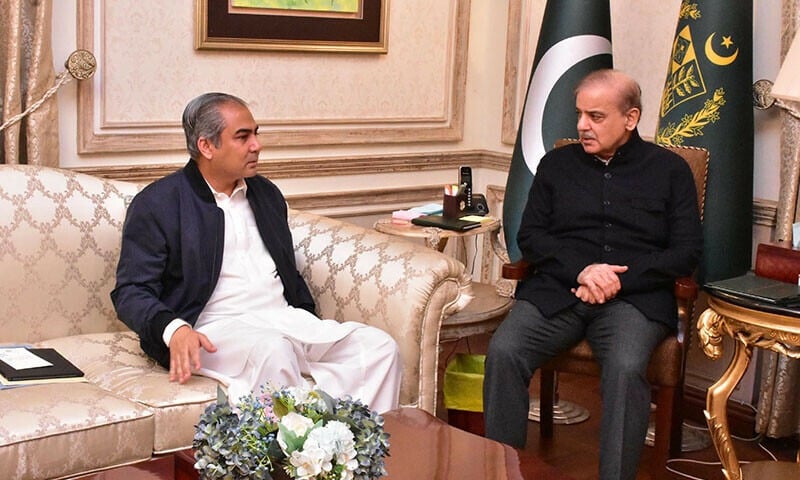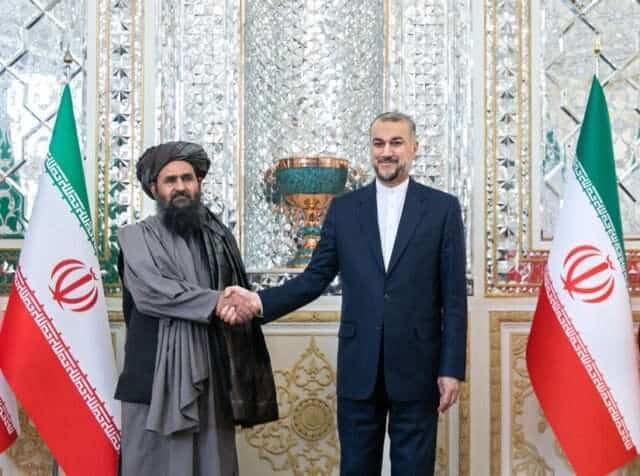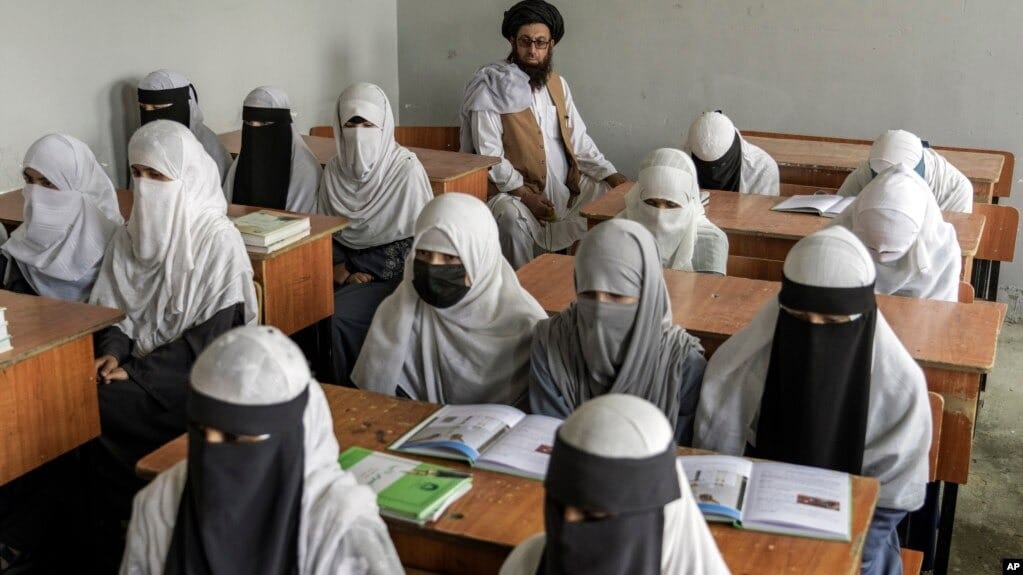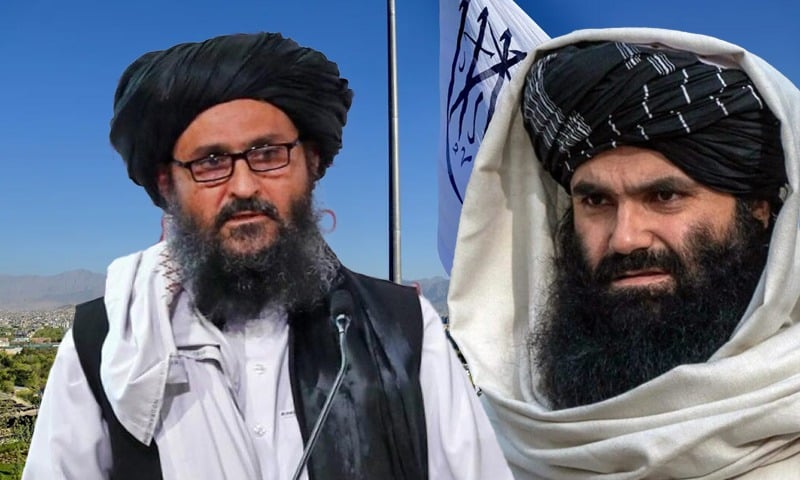The announcement by Khyber Pakhtunkhwa’s Inspector General of Police (IGP), Zulfiqar Hameed, on the commencement of new operations against the Khawarij, coupled with the acquisition of modern technology and weaponry for the police, marks a pivotal moment in the ongoing fight against terrorism in the province. However, the crux of the matter lies in a deeper question: Can these new strategies and tools reduce terrorism in Khyber Pakhtunkhwa?
On the surface, it is a laudable step to provide the police force with advanced technology like drones, modern firearms, and bulletproof vehicles, and to strengthen police stations. The province has long been a battleground for terrorist groups, and any initiative to boost the police’s ability to defend themselves and confront militants head-on is welcome. Yet, a closer look reveals that while these moves address immediate tactical deficiencies, they may not be sufficient to curb the deeper, more complex problems fueling this crisis.
The Technology and Training Dilemma
It is important to understand the modern nature of warfare and terrorism. The weapons and technology that the police are now receiving may be on par with the capabilities of extremist groups, but there’s a glaring issue: the terrorists are already ahead of us. While the police receive training to handle conventional threats, extremists have been adapting quickly to a new age of digital warfare. Terrorist groups now use drones, cyber tools, and social media platforms to disseminate anti-state narratives, mislead the public, and instill fear in the population. Their proficiency in these areas often exceeds that of the security forces.
Many of the terrorist groups targeting Khyber Pakhtunkhwa do not lack resources; in fact, they often have access to more sophisticated equipment than the police. These groups know how to effectively deploy and use technology to further their aims. The irony lies in the fact that police personnel, who have been tragically martyred due to lack of equipment and training, now face a scenario where the terrorists have already been trained, equipped, and are actively using advanced weaponry against them.
The Manpower Shortage and Emerging Threats
Another critical challenge is the lack of sufficient manpower. Despite constant reinforcements and recruitment drives over the years, the police force in Khyber Pakhtunkhwa remains stretched thin. The influx of terror groups, often aided by international sources, has created an environment where security forces are overwhelmed, and it is only a matter of time before these groups regroup and resurface in new regions. The fact that there are constant reports of new militant formations emerging, even after years of military operations, demonstrates how deeply entrenched the issue is.
Take, for example, the resurgence of groups in areas like Bajaur, Dera Ismail Khan, and Lakki Marwat. These groups are not simply remnants of the past; they are rejuvenated entities with access to training, resources, and strategies that can bypass the limitations of conventional security measures.
The Role of Afghanistan and International Actors
The situation is further complicated by the role of neighboring Afghanistan, where the Taliban’s control over vast territories has allowed terrorist organisations like the TTP (Tehreek-e-Taliban Pakistan), Al-Qaeda, and ISIS-K to operate freely. These groups, with their cross-border networks, continue to recruit, train, and plan operations that spill over into Pakistan. The Afghan Taliban has, thus far, failed to take meaningful action against these terrorist organisations. In fact, the presence of training camps, such as those in Nangarhar’s Tora Bora area, and the support they receive from Afghanistan’s Taliban, significantly hampers Pakistan’s security efforts.
This is not merely a local issue. It is a regional threat with global implications. The increasing militarisation of Afghanistan, coupled with the Taliban’s tacit support for these groups, places Pakistan in a difficult situation, where security forces are not only combating local militants but also contending with foreign-backed insurgencies. In addition, the involvement of international players, especially India, only exacerbates matters. India’s presence in Afghanistan, with over ten embassies and its known links to funding and training insurgent groups, has led to further instability in the region.
A Call for a Comprehensive Strategy
The current security landscape demands a holistic approach that goes beyond tactical responses. While modernising the police force and deploying advanced technology are crucial steps, they are not sufficient in isolation. Effective counterterrorism requires a multi-pronged strategy that includes:
Enhanced Training Programs: Police personnel must receive specialised training to handle the complexities of modern terrorism. This should include counterinsurgency tactics, digital warfare training, and intelligence sharing. The approach must evolve to meet the growing sophistication of terrorist activities.
Stronger Intelligence Networks: Human intelligence remains the most reliable method to combat terror. While technology like drones is valuable for surveillance, the underlying intelligence networks that track the movements and ideologies of extremist groups must be bolstered. The focus should be on gathering actionable intelligence that can preempt attacks rather than simply reacting to them.
Regional Cooperation: The instability in Afghanistan directly impacts Pakistan’s security. Diplomatic pressure on the Afghan Taliban, with the support of international allies like China and the U.S., must increase. The region must come together to ensure that terrorist sanctuaries in Afghanistan are dismantled.
Addressing Root Causes: Terrorism is not just about military strategy, it’s about addressing the root causes that feed extremism. Socio-economic conditions, lack of education, and ideological warfare all contribute to the radicalisation of youth. The state must focus on long-term social programs to undermine the ideological foundations of terrorism.
Conclusion
Khyber Pakhtunkhwa’s struggle against terrorism is far from over. While modern technology, better training, and increased funding are important steps, they are not silver bullets. The evolving nature of warfare, coupled with the strategic use of Afghanistan’s instability by insurgent groups, demands that Pakistan adopt a far more comprehensive and integrated approach. It is time to recognize that winning this war requires not just better-equipped police forces, but an entire nation united in addressing the global and local dimensions of the terrorism threat.
As the battle continues, both on the ground and in the digital realm, the true challenge lies not in the tools we deploy, but in how effectively we adapt and integrate our responses to a world that is increasingly complex and interconnected.





